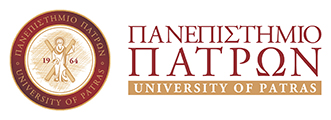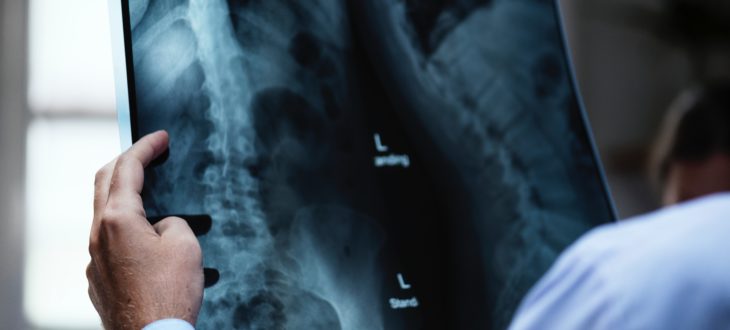Coordinator: Lena Costaridou
Lecturers
Lena Costaridou, George Economou, Anastassios Gaitanis, Anna Karahaliou, Ioannis Pratikakis, Spyros Skiadopoulos, George Vlachopoulos
Aim and Objectives
The aim of this course is the comprehension of the basic principles of the major image processing and analysis methods in the clinical environment. Specifically, applications of the methods will be discussed in the frame of various medical imaging modalities to support image quantification tasks related to image based detection, diagnosis, prognosis, follow-up assessment and therapy.
Course Content
- Image characteristics: 2D, 3D medical images and medical image time series, medical image quality features (intensity resolution, spatial resolution, spatial frequency, image contrast, image noise, signal/contrast to noise ratio), image data types (DICOM, Mhd, Raw Data) and image Input/Output), pixel neighborhoods, regions of interest, image profile and image histogram.
- Grayscale image processing: Grayscale transformation functions: look-up tables (image pseudocolors), histogram-based image contrast manipulation methods (window/level functions and histogram equalization).
- Neighborhood image processing: Image edge enhancement and noise reduction by image filtering in the spatial and frequency domains (rank, median, averaging and sharpening convolution spatial filters, image fast Fourier transform and spectrum, low-pass, band-pass and high-pass frequency filters, frequency vs. spatial filtering (convolution theorem).
- Image segmentation: Anatomical image regions (segments) and contours, 2D and 3D Image segmentation methods (thresholding, region growing, active contours, watersheds, Clustering).
- Image registration: Geometric transformations, similarity metrics, optimization techniques, rigid and non-rigid paradigms, as well as a lung CT registration example.
- Image Classification: Feature extraction, clustering, image classification (bag of visual words, parametric and non-parametric classifiers, multi-layer neural networks, convolutional neural networks) and image based computer aided diagnosis systems.
- Medical tomography reconstruction methods: Filtered backprojection and iterative Image reconstruction methods.
- Evaluation of performance: metrics for medical image filtering, segmentation and classification tasks.
Method comprehension is offered by hands on experience with application examples in ImageJ, ITK-Snap, BioImageSuite, Weka and Matlab software platforms.
Suggested Textbooks
- E Berry. A practical approach to medical image processing. CRC Press, Taylor and Francis Group, Boca Raton, FL, USA, 2008.
- KD Toennies, Guide to medical image analysis, 2017, Springer London, UK.
- RC Gonzalez, RE Woods and SL Eddins, Digital Image Processing Using MATLAB. Pearson Prentice Hall, Upper Saddle River, New Jersey, USA, 2004.
- Lecture notes
Grading policy
Projects and final written examination.

